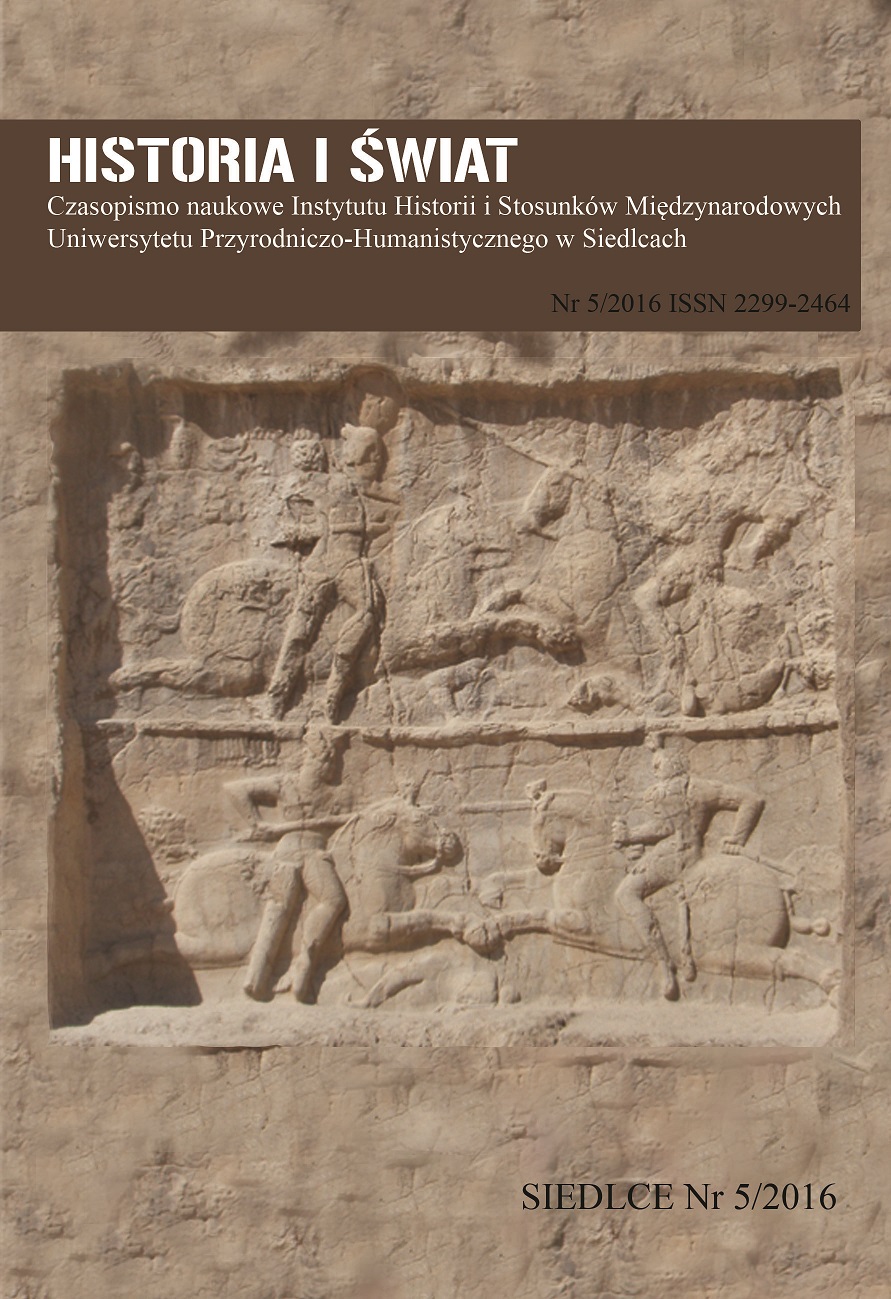Preliminary reports of the late Parthian or early Sassanian relief at Panj-e Ali, the Parthian relief at Andika and examinations of late Parthian swords and daggers
Preliminary reports of the late Parthian or early Sassanian relief at Panj-e Ali, the Parthian relief at Andika and examinations of late Parthian swords and daggers
Author(s): Kaveh Farrokh, Gholamreza Karamian, Meysam DELFAN, Farzad AstarakiSubject(s): History, Archaeology, Cultural history, Military history, Ancient World
Published by: Instytut Historii UwS
Keywords: rock reliefs; Parthian; Sassanian; Panj-e Ali; Andika; sword; dagger
Summary/Abstract: This article examines recent archaeological excavations with respect to two Parthian reliefs and anexamination of Parthian blade weapons (swords, daggers). The first archaeological site examined is the lat eParthian or early Sassanian cavalry motif in the town of Koohdasht in western Iran’s Lorestan province.The Koohdasht motif is comparable to late Parthian and early Sassanian cavalry reliefs such as the Parthian reliefof Gōdarz II in Bīstūn and Sassanian reliefs such as those of Ardašīr I in Fīrūzābād and the Sassanian cavalryrelief panels in Naqš-e Rostam. The second site pertains to the recent discovery of the Parthian relief at Andika inKhuzestan depicting a Parthian nobleman lying sideways, leaning on his left elbow, as he holds a branch with hisleft hand. The theme of the Andika relief has parallels with Tang-e Sarvak (Block II) and the Tina mountain reliefin Khuzestan. The third domain, which pertains to Parthian militaria is an examination of late Parthian swords anddaggers housed in the Iran Bastan Museum in Tehran.
Journal: Historia i Świat
- Issue Year: 2016
- Issue No: 5
- Page Range: 31-55
- Page Count: 25
- Language: English

